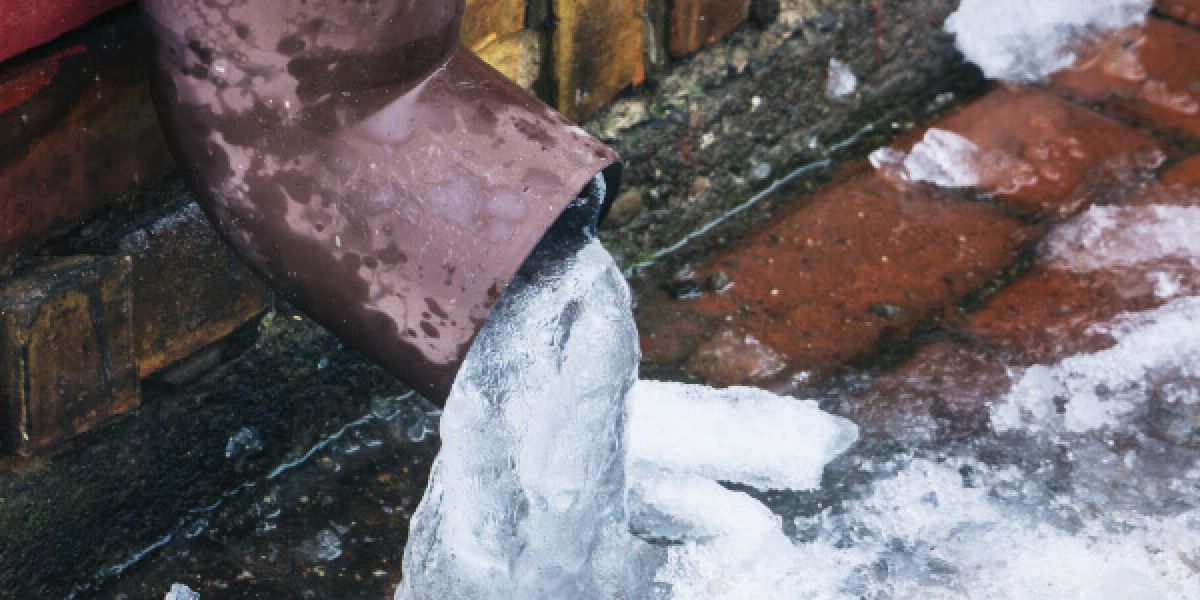How to Keep Your Pipes from Freezing Damage: Important Guidance
How to Keep Your Pipes from Freezing Damage: Important Guidance
Blog Article
This great article directly below in relation to Winter Plumbing Precautions: Preventing Frozen Pipes is amazingly attention-grabbing. Read it for yourself and decide what you think about it.

Winter can damage your plumbing, particularly by freezing pipes. Here's exactly how to avoid it from happening and what to do if it does.
Introduction
As temperature levels decline, the danger of frozen pipelines rises, potentially resulting in costly repair services and water damage. Recognizing exactly how to prevent icy pipes is essential for home owners in cold environments.
Prevention Tips
Shielding susceptible pipelines
Wrap pipes in insulation sleeves or use warm tape to protect them from freezing temperatures. Concentrate on pipelines in unheated or exterior areas of the home.
Home heating strategies
Keep indoor rooms sufficiently heated up, particularly locations with pipes. Open up cabinet doors to allow cozy air to flow around pipelines under sinks.
Just how to determine frozen pipelines
Seek decreased water circulation from taps, unusual odors or noises from pipelines, and visible frost on revealed pipes.
Long-Term Solutions
Architectural changes
Consider rerouting pipes away from exterior walls or unheated locations. Include added insulation to attic rooms, basements, and crawl spaces.
Updating insulation
Buy high-quality insulation for pipelines, attic rooms, and walls. Proper insulation aids preserve consistent temperature levels and minimizes the danger of frozen pipelines.
Securing Outdoor Pipes
Garden tubes and outside taps
Detach and drain pipes garden tubes prior to winter season. Mount frost-proof spigots or cover outside faucets with protected caps.
Recognizing Frozen Pipes
What creates pipes to freeze?
Pipes freeze when subjected to temperature levels below 32 ° F (0 ° C) for prolonged durations. As water inside the pipes freezes, it broadens, taxing the pipeline walls and potentially causing them to burst.
Risks and damages
Frozen pipes can lead to supply of water interruptions, property damages, and pricey fixings. Ruptured pipelines can flooding homes and trigger comprehensive structural damages.
Indicators of Frozen Water Lines
Determining frozen pipelines early can avoid them from breaking.
What to Do If Your Pipes Freeze
Immediate activities to take
If you suspect frozen pipes, maintain taps open up to eliminate stress as the ice melts. Utilize a hairdryer or towels taken in warm water to thaw pipes gradually.
Final thought
Avoiding icy pipes needs proactive procedures and fast reactions. By recognizing the causes, indications, and safety nets, property owners can secure their pipes during cold weather.
6 Proven Ways to Prevent Frozen Pipes and Protect Your Home
Disconnect and Drain Garden Hoses
Before winter arrives, start by disconnecting your garden hoses and draining any remaining water. Close the shut-off valves that supply outdoor hose bibs and leave the outdoor faucet open to allow any residual water to drain. For extra protection, consider using faucet covers throughout the colder months. It’s also important to drain water from any sprinkler supply lines following the manufacturer’s directions.
Insulate Exposed Pipes
Insulating your pipes is an effective way to prevent freezing. Pipe insulation is readily available at home improvement stores and is relatively inexpensive. Pay close attention to pipes in unheated areas such as the attic, basement, crawl spaces, or garage. Apply foam insulation generously to create a buffer against the cold. You can also wrap your pipes in heat tape or thermostat-controlled heat cables for added warmth.
Seal Air Leaks
Inspect your home for any cracks or openings that could let in cold air. Seal any holes around the piping in interior or exterior walls, as well as the sill plates where your home rests on its foundation. Additionally, make sure to keep your garage door closed unless you’re entering or exiting. Leaving it open creates a significant air leak that can lead to frozen pipes.
Allow Warm Air Circulation
During cold snaps, it’s essential to allow warm air to circulate evenly throughout your home. Leave interior doors ajar to promote better airflow. Open kitchen and bathroom cabinets to help distribute heat consistently around the rooms. If you have small children or pets, be sure to remove any household chemicals or potentially harmful cleaners from open cabinets for safety.
Let Faucets Drip
A small trickle of water can make a big difference in preventing ice formation inside your pipes. When temperatures drop significantly, start a drip of water from all faucets served by exposed pipes. This continuous flow helps prevent the water from freezing. Additionally, running a few faucets slightly can relieve pressure inside the pipes, reducing the chances of a rupture if the water inside does freeze.
https://choateshvac.com/6-proven-ways-to-prevent-frozen-pipes-and-protect-your-home/

I hope you enjoyed reading our article on Prevent Frozen Pipes . Thanks so much for taking time to browse our piece of content. Are you aware of another person who is excited by the topic? Take a moment to promote it. Thank you for your time spent reading it.
Get Your Estimate Now Report this page